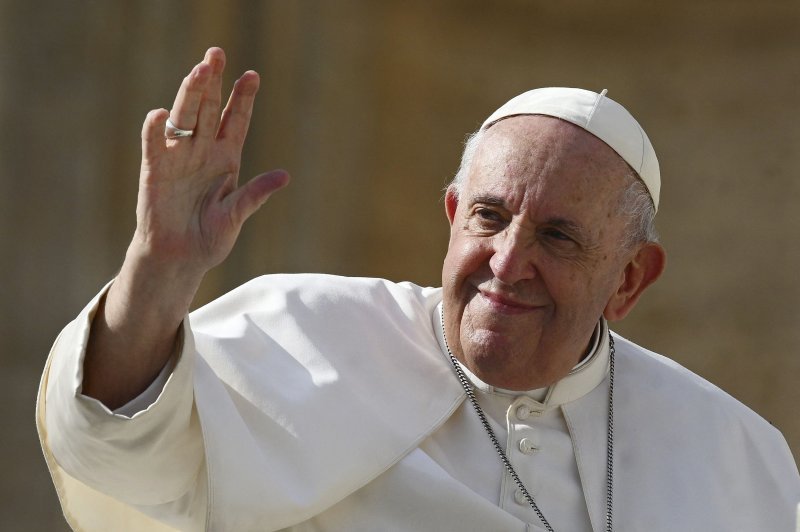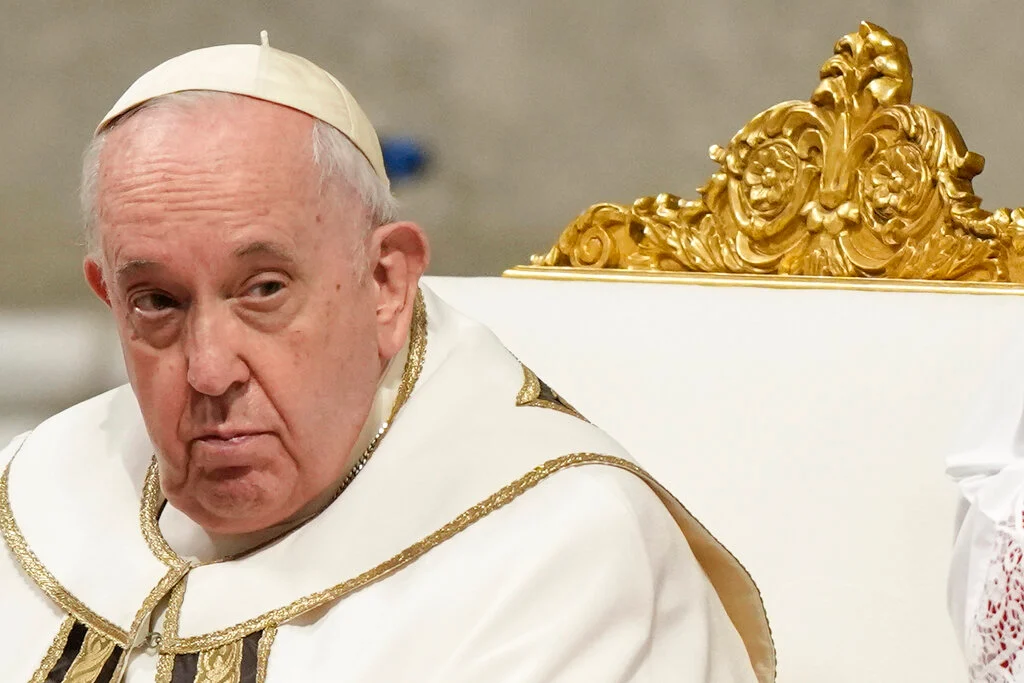The world mourns the passing of Pope Francis, the 266th Pope of the Catholic Church, who died on Monday, April 21, 2025, at the age of 88. His death sets in motion a series of ancient and carefully orchestrated rituals within the Vatican, leading to the election of his successor. This period, known as “Sede Vacante” (the vacant seat), is a time of both mourning and intense preparation for the selection of the next leader of the world’s 1.3 billion Catholics
The Immediate Aftermath and Funeral Rites
Upon the Pope’s death, several key steps are immediately taken. The Cardinal Camerlengo, currently Cardinal Kevin Farrell, formally confirms the death. Traditionally, this involved calling the Pope’s baptismal name three times. While recent revisions allow for this confirmation in the Pope’s private chapel rather than his bedroom, the symbolic act underscores the end of the Pontiff’s earthly reign

A significant tradition is the breaking of the Ring of the Fisherman, the unique signet ring worn by the Pope, symbolizing the end of his authority. The Pope’s private apartments are then sealed. The College of Cardinals is officially informed of the Pope’s passing, and the world is notified through the Vatican’s press office.
Following the announcement, a nine-day mourning period, known as the “Novemdiales,” commences. 1 During this time, the Pope’s body lies in state, typically in St. Peter’s Basilica, allowing the faithful to pay their respects. 2 Daily masses are held in the Vatican and across the Catholic world
learn more https://edition.cnn.com/2025/04/21/europe/pope-francis-dies-intl/index.html
The funeral Mass, presided over by the Dean of the College of Cardinals (currently Cardinal Giovanni Battista Re) or another senior Cardinal, takes place in St. Peter’s Square between four and six days after the Pope’s death. Pope Francis, in a break from tradition, had expressed his wish for a simpler wooden coffin and burial not in the Vatican grottoes but in the Basilica di Santa Maria Maggiore, reflecting his deep devotion to the Virgin Mary
The Conclave: Electing a New Pontiff
The pivotal event following the Pope Francis death is the Conclave, the process by which the College of Cardinals elects a new Pope. This highly secretive meeting takes place in the Sistine Chapel, where Cardinals under the age of 80 gather to cast their ballots. Currently, around 135 Cardinals are eligible to vote.
The Conclave begins between 15 and 20 days after the Pope’s death. The Cardinals are sequestered within the Vatican, taking an oath of secrecy to prevent any external influence on their decision. The voting process involves multiple rounds of secret ballots, typically up to four per day. A two-thirds majority is required for the election of a new Pope.

The world outside anxiously awaits the outcome, signaled by smoke released from a chimney in the Sistine Chapel. Black smoke indicates that no Pope has been elected, and voting continues. White smoke, a mixture produced by burning the ballots of the final round, signifies that a new Pope has been chosen.
Once a Cardinal receives the necessary two-thirds majority, the Dean of the College of Cardinals asks if he accepts the election. Upon acceptance, the new Pope chooses his papal name. He is then vested in papal robes and presented to the world from the balcony of St. Peter’s Basilica with the announcement “Habemus Papam” (“We have a Pope”). The new Pontiff then delivers his first blessing, “Urbi et Orbi” (to the city and to the world).
Impact on the Catholic Church
The death of a Pope marks a significant moment in the history of the Catholic Church. It is a time of reflection, mourning, and anticipation. The passing of a leader who has guided billions of people spiritually prompts a global response from religious and political leaders alike.
During the Sede Vacante, while the College of Cardinals oversees the day-to-day affairs of the Church, major decisions are put on hold until a new Pope is elected. The focus shifts to prayer and the solemn process of choosing the next successor of Saint Peter, who will lead the Catholic Church into the future. The election of a new Pope is not merely the selection of an individual; it is a moment that can potentially shape the direction and emphasis of the Church for years to come, influencing its engagement with global issues and the spiritual lives of its followers

Hi, this is a comment.
To get started with moderating, editing, and deleting comments, please visit the Comments screen in the dashboard.
Commenter avatars come from Gravatar.
Pingback: Shannon Sharpe Faces $50 Million Lawsuit: A Deep Dive into the Explosive Allegations and Legal Battle -